If you’re a chess enthusiast, the name Bobby Fischer likely sends a shiver of excitement down your spine.
Peter Biyiasas, a champion who faced him, remarked: “He was too good. There was no use in playing him… I was getting beaten, and it wasn’t clear to me why…It was like I was being gradually outplayed from the start. He wasn’t taking any time to think.”
In 1964, Fischer took on a monumental challenge: playing 50 opponents simultaneously. This extraordinary feat showcased his unparalleled skills and solidified his status as a chess legend.
Let’s explore how Fischer navigated this remarkable event and further established himself as one of chess’s greatest players.
1964 simultaneous exhibition in L.A
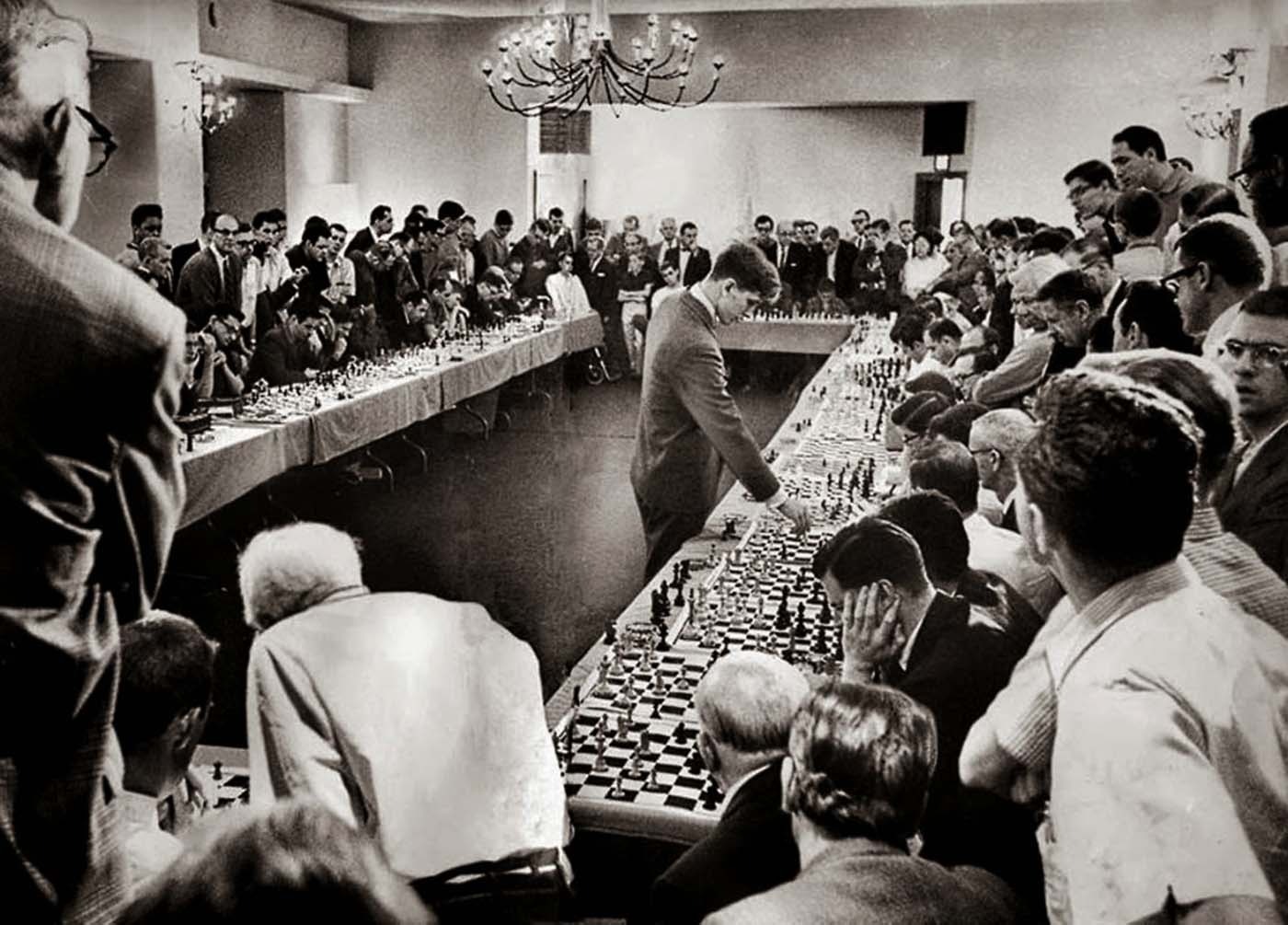
In April 1964, the chess world was abuzz with excitement as Bobby Fischer showcased his extraordinary talents in a simultaneous exhibition held in Los Angeles. The event was organized by chess patron Jacqueline Piatigorsky at the Hollywood Knickerbocker Apartments.
Picture this: Fischer, a young chess prodigy, took on 50 challengers at once, each game unfolding in the opulent setting of a historic venue that once played host to Hollywood’s elite.
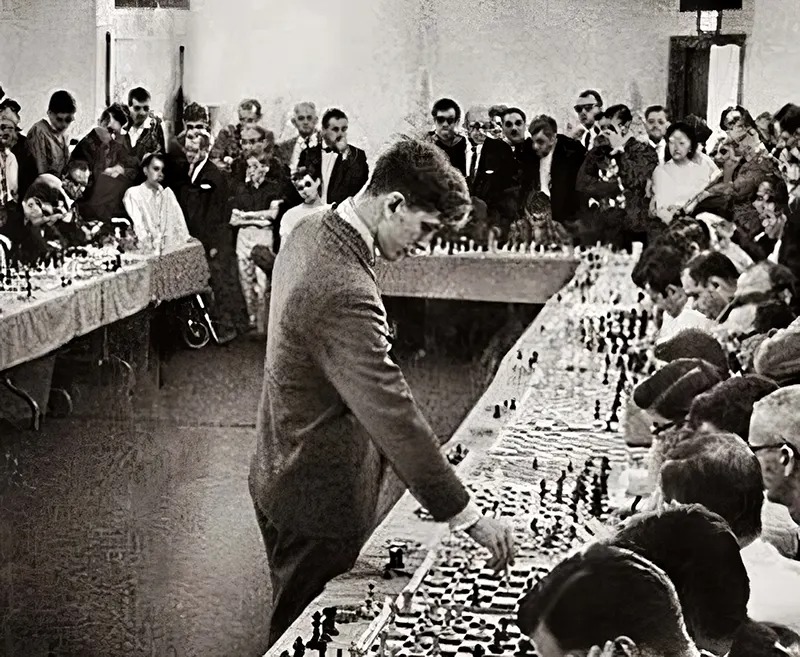
Despite the daunting task of juggling so many boards, Fischer’s performance was nothing short of phenomenal. He emerged victorious in 47 matches, secured 2 draws, and suffered just 1 loss.
This exhibition wasn’t just a display of his chess prowess—it was a prelude to his future as one of the greatest chess players in history.
The advantage of playing white
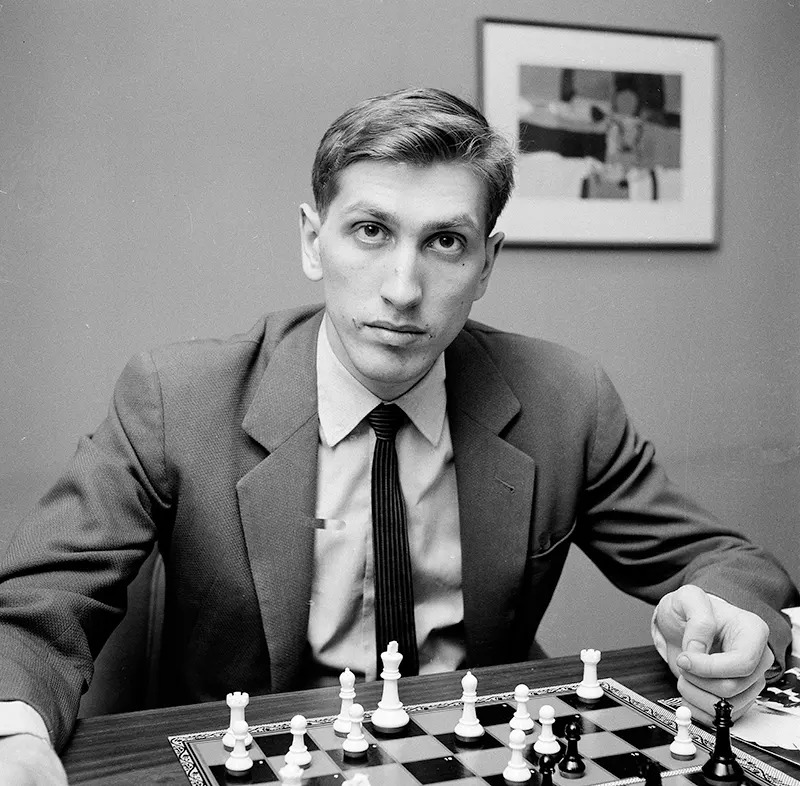
In chess, playing as White offers a significant advantage, as it allows the player to make the first move and thus set the tone of the game. For Fischer, this meant he could employ openings he was deeply familiar with while his opponents might be less prepared.
The opening phase of the game is crucial because it determines the direction of play. Standard openings, or “book lines,” are well-known and documented, but numerous variations can shift the game’s flow.
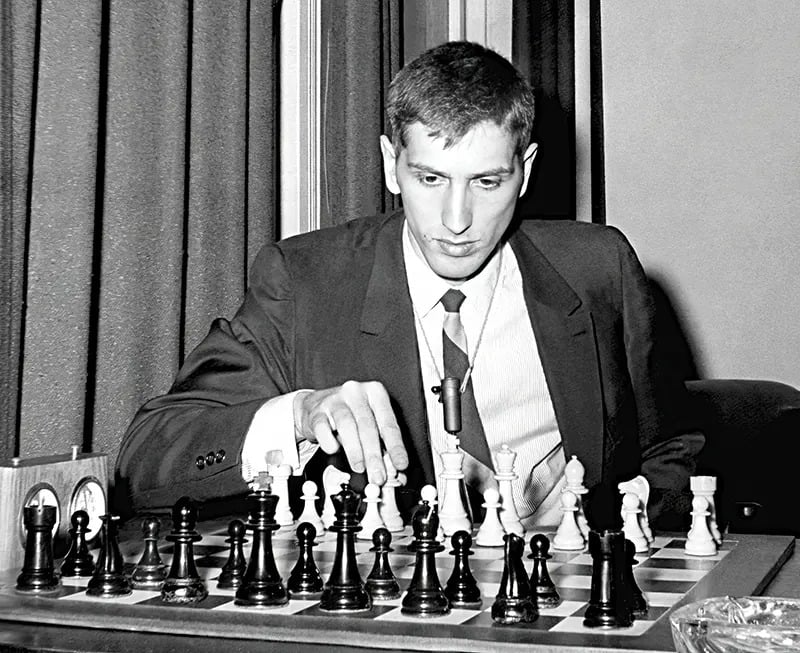
For instance, in gambit-style openings, you might offer a piece as a sacrifice to gain a strategic advantage. The opponent then faces a critical choice: accept or decline the sacrifice, each leading to different possible game scenarios.
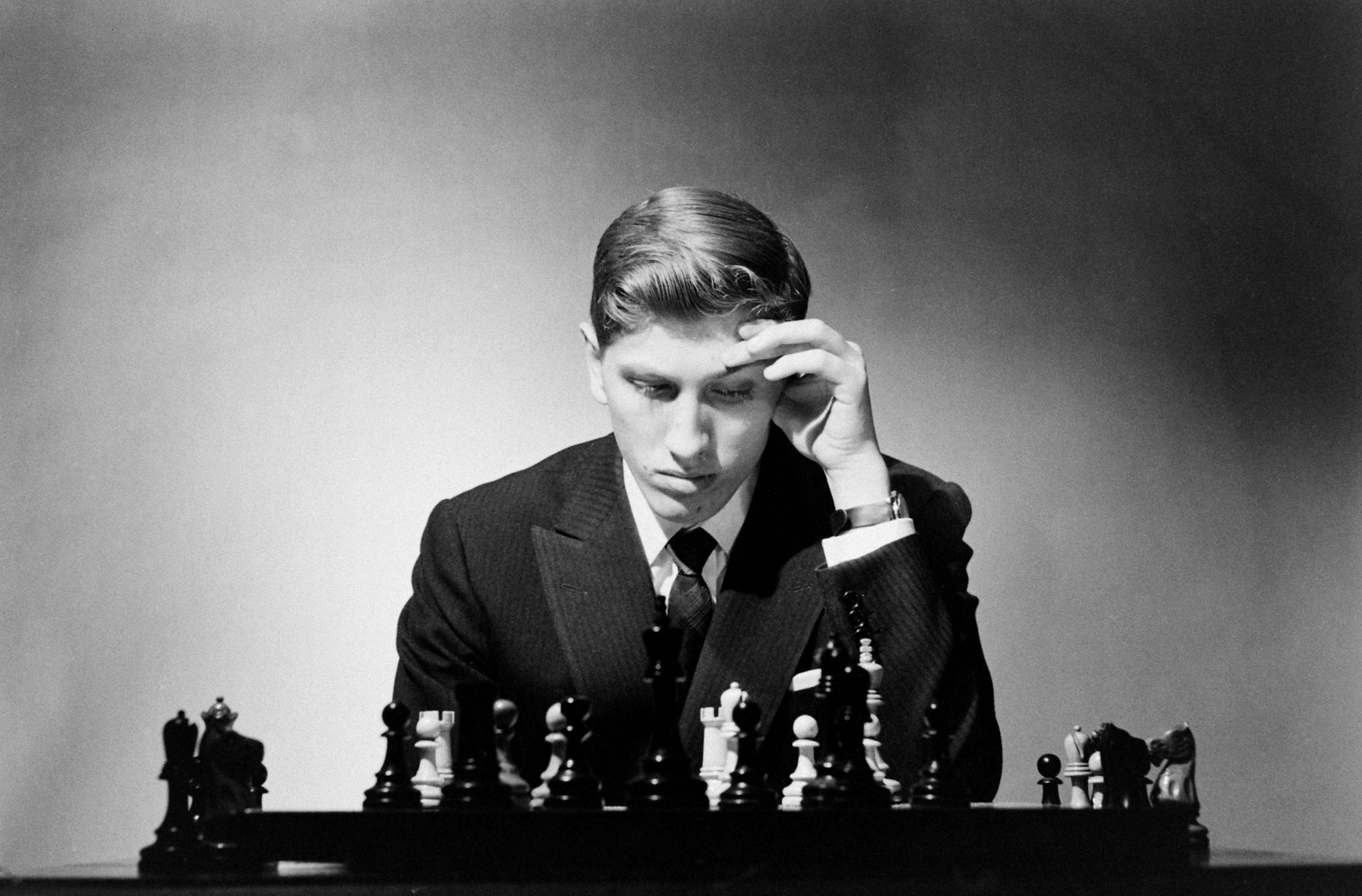
Even after just a few moves, the number of possible variations is staggering—running into millions. Although not all variations are considered strong or viable, grandmasters invest substantial time preparing for the likely responses from their opponents.
This preparation involves memorizing numerous openings and their variations.
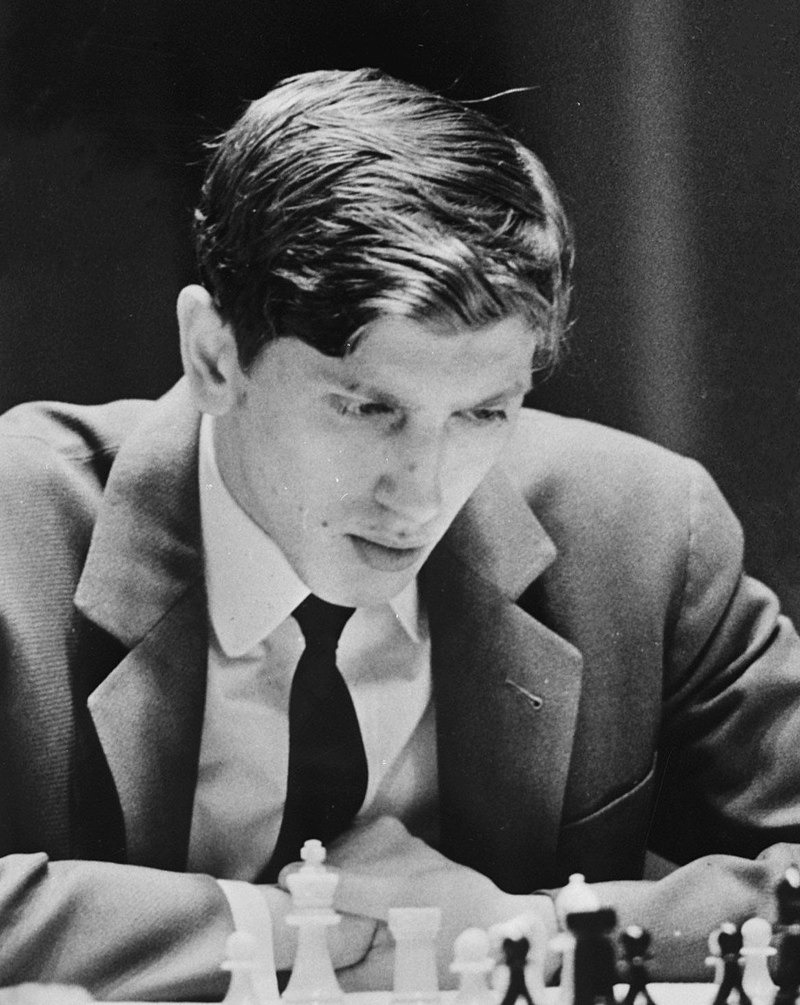
The ability to choose and control the initial strategy is crucial, especially in high-level play. By starting with the White Pieces, Fischer could leverage his extensive preparation and influence the game’s direction from the outset.
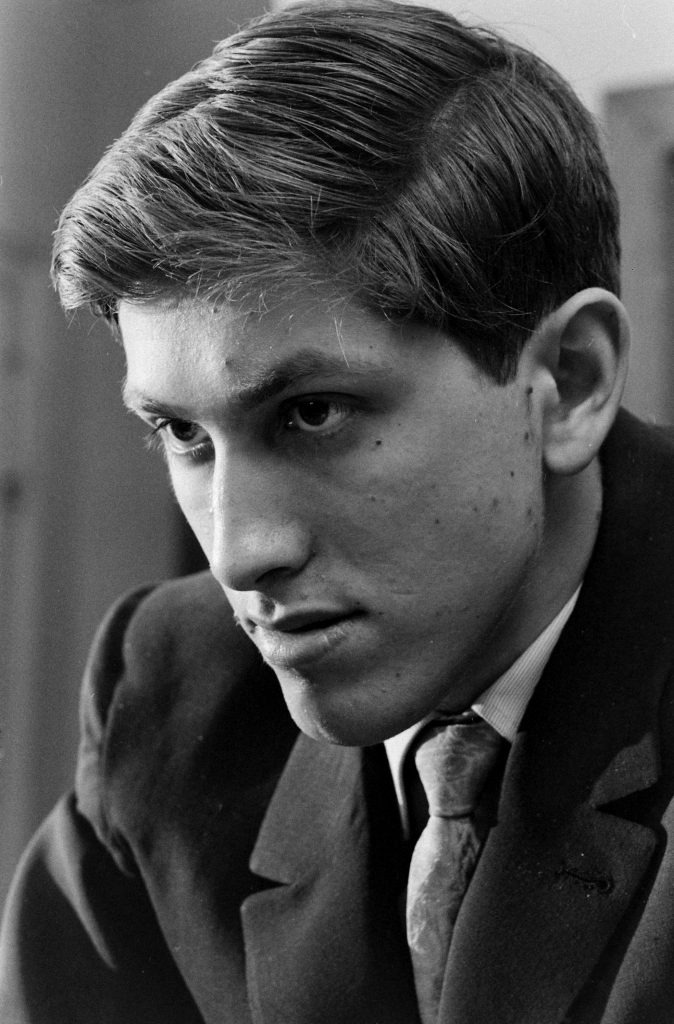
This advantage was evident in his 1964 exhibition, where his adept use of White’s first-move advantage contributed to his impressive performance.
Remarkable milestones in early career
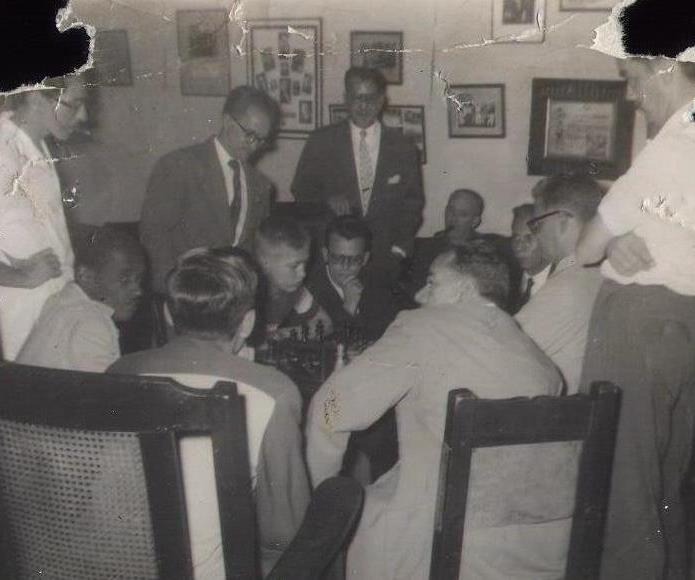
Bobby Fischer’s early career was marked by a series of extraordinary achievements that underscored his exceptional talent.
At just 13, he dazzled the chess community with a stunning victory in what became known as “The Game of the Century.” By age 15, Fischer had already made history as the youngest grandmaster and the youngest candidate for the World Championship.
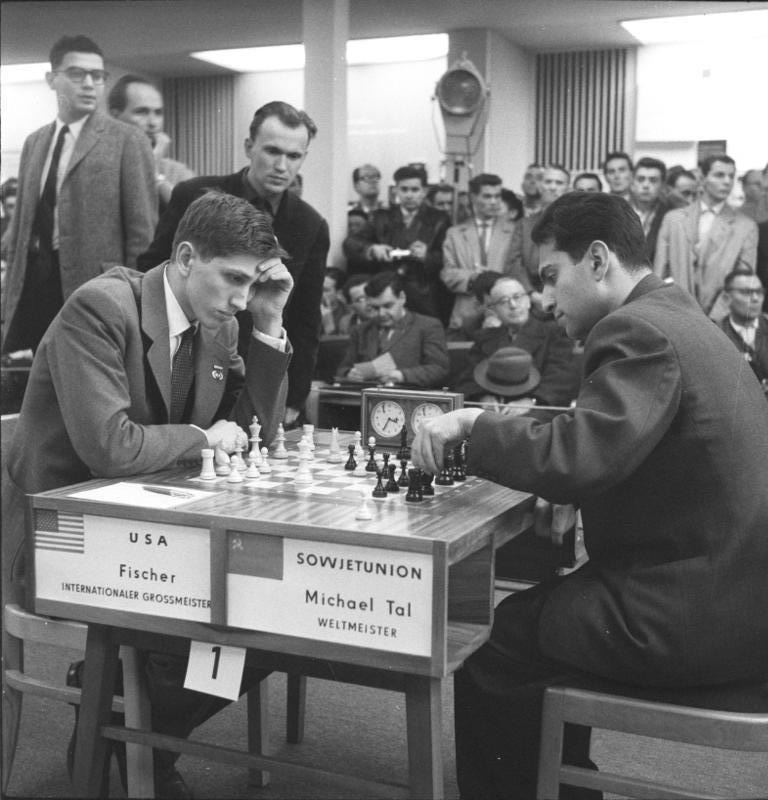
His dominance continued with a perfect 11/11 score in the 1963–64 U.S. Championship, a feat unmatched in the tournament’s history.
Bobby Fischer’s book “My 60 Memorable Games” (1969) stands as a monumental achievement in American chess literature.
This influential work captures Fischer’s brilliance and serves as an essential guide for chess enthusiasts eager to understand the depth of his strategic prowess.

In 1970, Fischer made headlines by winning the Interzonal Tournament with an impressive 3½-point margin, a record that underscored his dominance.
His winning streak was equally remarkable: Fischer clinched 20 consecutive victories, including two stunning 6–0 sweeps during the Candidates Matches.

By July 1971, he was the first official FIDE number-one-rated player.
Reclusive later years

After losing his World Chess Championship title, Fischer retreated from the public eye. His reclusiveness was marked by erratic behavior and a complete withdrawal from competitive chess.
In 1992, Fischer made a dramatic comeback with an unofficial rematch against Boris Spassky.
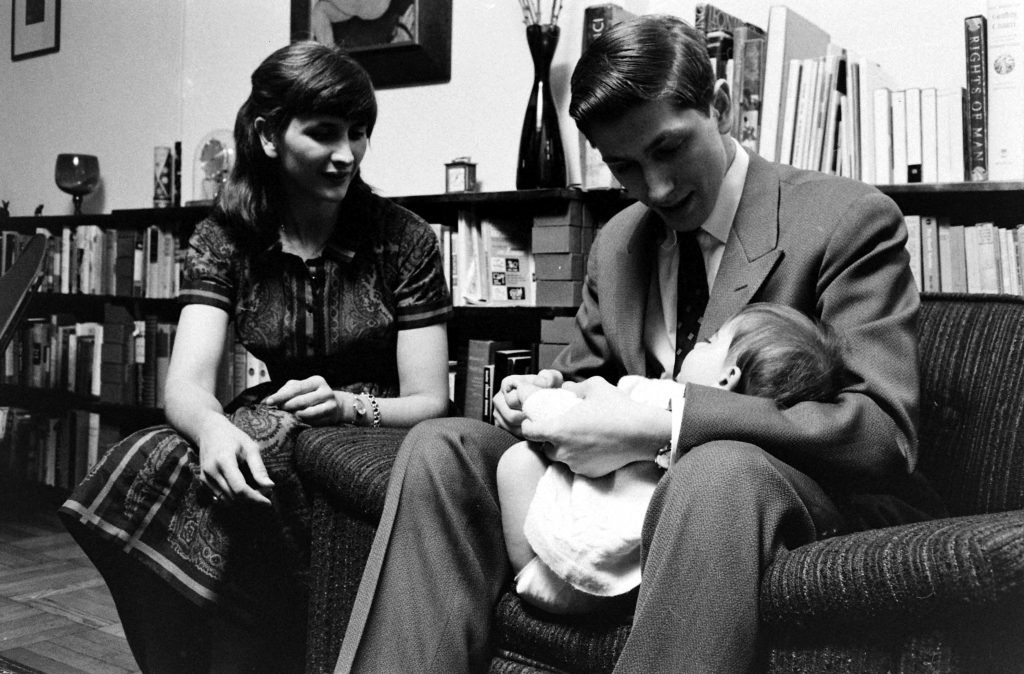
This event, held in Yugoslavia amidst a UN embargo, sparked legal troubles. The U.S. government issued a warrant for his arrest over unpaid income taxes related to the match winnings.
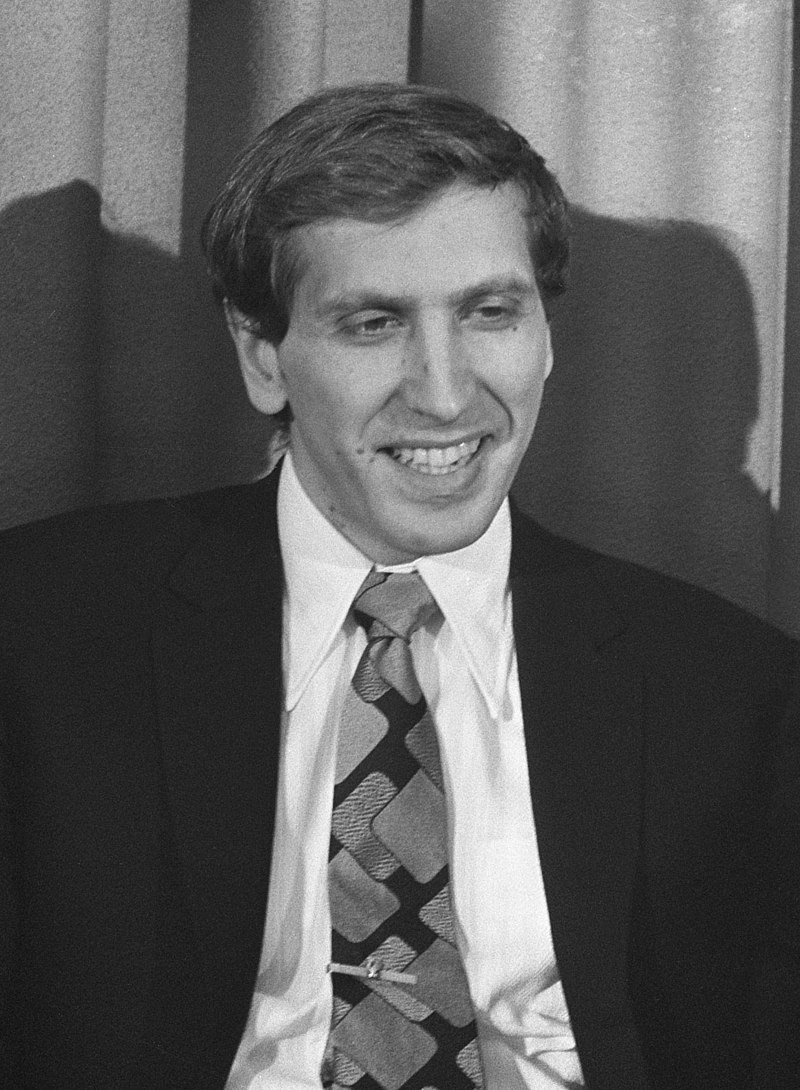
In his later years, Fischer lived as an émigré and mostly kept to himself. but he left a lasting legacy with his innovation in chess timing systems.
In the 1990s, Fischer invented a modified timing system that introduced a time increment after each move. This feature is now widely used in top chess tournaments around the world.


